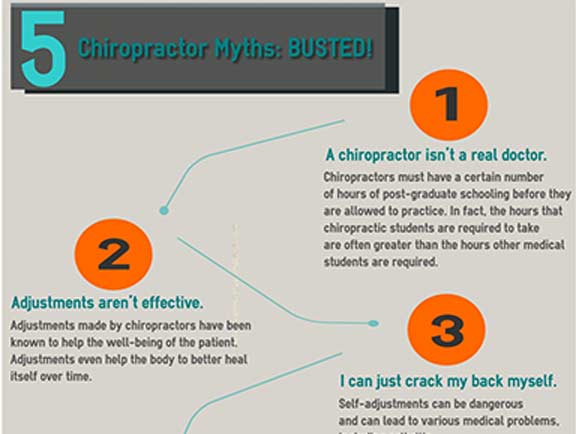The Impact Of Posture On Pain In The Back: Standards For Maintaining Great Placement Throughout Your Day-To-Day Regular
The Impact Of Posture On Pain In The Back: Standards For Maintaining Great Placement Throughout Your Day-To-Day Regular
Blog Article
Web Content Writer-Fletcher Bennett
Keeping proper pose isn't almost sitting up straight; it's about aligning your body in a way that sustains your back and reduces the threat of back pain. The method you rest, stand, and move throughout the day can dramatically influence your back wellness. However exactly how specifically can you make sure good placement regularly, even throughout hectic days loaded with different activities? Allow's delve deeper right into the subtle yet impactful changes you can make to your daily regimen to keep your back satisfied and healthy and balanced.
Value of Proper Posture
Appropriate position is important in preserving a healthy and balanced back and preventing pain. When you rest or stand with excellent posture, your back remains in alignment, decreasing strain on your muscular tissues, ligaments, and joints. This positioning allows the body to distribute weight uniformly, preventing extreme stress and anxiety on particular locations that can cause pain and discomfort. By maintaining your spine appropriately aligned, you can additionally enhance your breathing and food digestion, as slouching can compress body organs and restrict their performance.
Moreover, keeping excellent stance can improve your general look and self-esteem. When you stand tall with your shoulders back and head held high, you show confidence and show up more friendly. Excellent position can also make you feel a lot more stimulated and sharp, as it promotes proper blood circulation and permits your muscular tissues to function efficiently.
Integrating correct pose into your daily routine, whether resting at a desk, walking, or working out, is necessary for preventing pain in the back and promoting overall health. Keep in mind, a small modification in how you hold on your own can make a considerable distinction in just how you feel and operate throughout the day.
Common Postural Mistakes
When it involves maintaining excellent stance, lots of people unwittingly make usual blunders that can contribute to pain in the back and pain. One of one of the most widespread mistakes is slumping over or stooping over while resting or standing. This setting places extreme stress on the spinal column and can lead to muscle imbalances and pain in the long run.
Another typical error is overarching the reduced back, which can flatten the natural contour of the back and cause discomfort. Furthermore, going across legs while sitting might really feel comfy, however it can produce an inequality in the hips and hips, leading to postural concerns.
Using a cushion that's also soft or too solid while resting can likewise affect your positioning and add to neck and back pain. Last but not least, constantly craning your neck to check out displays or adjusting your position regularly can stress the neck and shoulders. Bearing in mind these typical postural mistakes can assist you keep far better alignment and reduce the risk of back pain.
Tips for Correcting Alignment
To improve your alignment and decrease back pain, it's necessary to focus on making small modifications throughout your daily routine. Begin by being mindful of your pose. When resting, guarantee your feet are flat on the flooring, your back is straight, and your shoulders are kicked back. Avoid slouching or leaning to one side. Use straight from the source or cushions to sustain your reduced back.
When standing, disperse your weight evenly on both feet, maintain your knees somewhat bent, and tuck in your pelvis. Engage your core muscular tissues to sustain your spine. Take nyc migraine treatment to extend and walk around if you have a sedentary work. Incorporate exercises that reinforce your core and back muscles, such as slabs or bridges.
While resting, utilize a cushion that supports the all-natural curve of your neck to preserve correct spinal positioning. Avoid sleeping on your stomach, as it can stress your neck and back. By bearing in mind these pointers and making small adjustments, you can slowly remedy your positioning and relieve back pain.
Conclusion
Remember, preserving great posture is key to stop neck and back pain and promoting back health and wellness. By being mindful of your positioning, distributing weight evenly, and involving your core muscle mass, you can reduce strain on your back and lessen the danger of discomfort and injury. Include ergonomic support, take routine breaks to extend, and enhance your core and back muscular tissues to preserve proper alignment throughout the day. Your back will certainly thank you for it!
